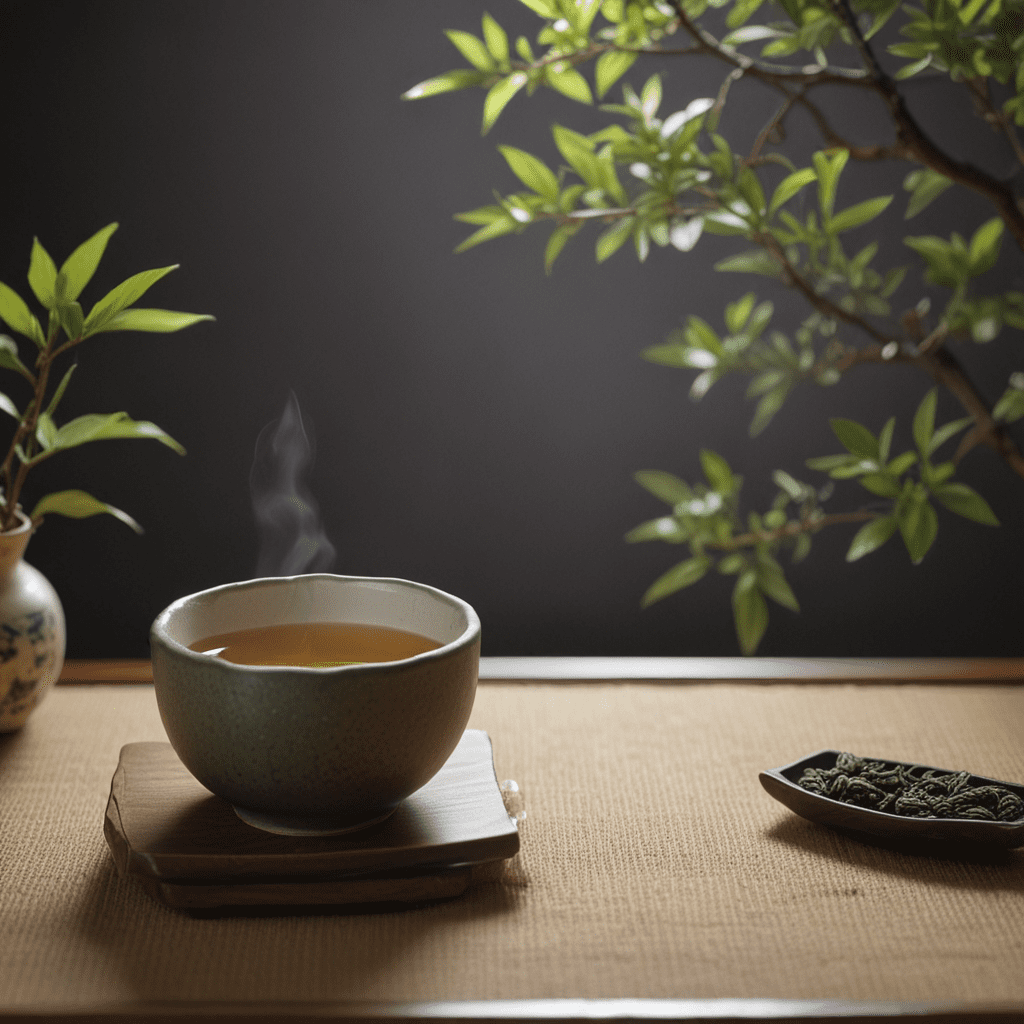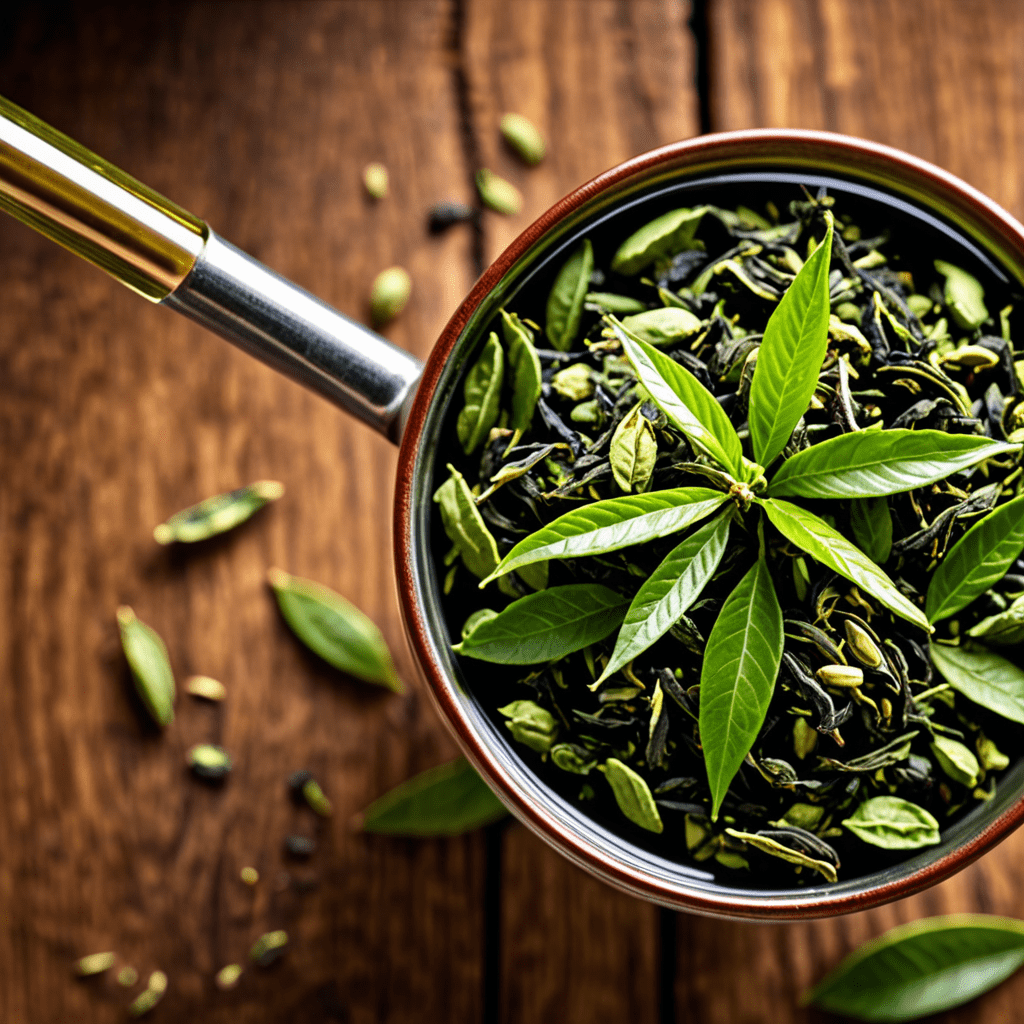Origins and Historical Significance
The Japanese tea ceremony, also known as chanoyu or chadō, is a highly ritualized and symbolic form of tea preparation and consumption that has been practiced in Japan for centuries. Its roots can be traced back to the 9th century, when Buddhist monks brought tea leaves from China to Japan. Over time, tea drinking became popular among the upper classes, and by the 16th century, it had evolved into a sophisticated and elaborate ritual that was central to Japanese culture.
The Tea Plant and its Cultivation
The tea plant (Camellia sinensis) is an evergreen shrub native to East Asia. It can grow up to 15 feet tall and has glossy green leaves that are used to make tea. The tea plant is very sensitive to its environment, and the quality of the tea leaves is influenced by factors such as soil conditions, climate, and cultivation practices. In Japan, tea is primarily cultivated in the southern islands of Kyushu and Shikoku, where the warm, humid climate is ideal for growing high-quality tea leaves.
Preparing the Tea: The Art of Tea Making
Preparing tea for a Japanese tea ceremony is a highly skilled and time-consuming process. The tea leaves are first ground into a fine powder using a special tea mill. The powdered tea is then whisked with hot water in a ceramic bowl until it forms a smooth, frothy liquid. The whisking technique is very important, as it helps to create the desired flavor and texture of the tea.
The Tea Ceremony Ritual: A Step-by-Step Guide
The Japanese tea ceremony is a highly formalized ritual that involves a series of specific steps. The ceremony is typically held in a teahouse or tea room, which is a specially designed space that is dedicated to the practice of tea ceremony. The tea room is usually simple and rustic, and it is often adorned with traditional Japanese art and calligraphy. The tea ceremony ritual itself is divided into two parts: the preparation of the tea and the serving of the tea.
Tea Implements: The Symbolism and Significance
The tea implements used in the Japanese tea ceremony are not merely tools for preparing and serving tea; they are also imbued with deep symbolic meaning. The tea bowl, for example, represents the universe, while the tea whisk represents the mind. The tea spoon is seen as a symbol of purity, and the tea caddy is a reminder of impermanence. Every aspect of the tea ceremony, from the choice of implements to the way they are used, is designed to create a sense of harmony and tranquility.
Tea as a Cultural Bridge: East Meets West
The Japanese tea ceremony has played a significant role in bridging the gap between East and West. In the 16th century, Jesuit missionaries brought the tea ceremony to Europe, where it was quickly adopted by the upper classes. The tea ceremony became a popular way to entertain guests and to demonstrate one's knowledge of Japanese culture. Today, the tea ceremony is practiced all over the world, and it continues to be a source of cultural exchange and understanding.
The Philosophy of Tea Ceremony: Mindfulness and Harmony
The philosophy of the Japanese tea ceremony is based on the principles of mindfulness and harmony. The ceremony is designed to create a space where guests can slow down and appreciate the present moment. The focus on ritual and etiquette helps to create a sense of order and tranquility, while the beauty of the tea room and the implements used in the ceremony evoke a sense of peace and harmony.
Contemporary Tea Ceremony: Evolution and Modern Adaptations
The Japanese tea ceremony is a living tradition that has evolved over time to reflect the changing needs of society. In recent years, there has been a growing interest in contemporary tea ceremony, which incorporates elements of modern design and aesthetics. Contemporary tea ceremonies may be held in non-traditional settings, such as cafes or art galleries, and may feature innovative tea implements and tea pairings.
Tea Ceremony Tourism: Experiencing Japanese Culture First-hand
Tea ceremony tourism is a popular way to experience Japanese culture firsthand. Visitors to Japan can participate in tea ceremonies at teahouses and temples throughout the country. Tea ceremony tourism provides a unique opportunity to learn about the history, philosophy, and etiquette of the tea ceremony, and to experience the beauty and tranquility of this ancient tradition.
FAQs
Q: What is the purpose of the Japanese tea ceremony?
A: The Japanese tea ceremony is a highly ritualized form of tea preparation and consumption that is designed to create a space for mindfulness, harmony, and cultural exchange.
Q: What are the different types of tea used in the Japanese tea ceremony?
A: The tea used in the Japanese tea ceremony is a powdered green tea known as matcha. Matcha is made from finely ground tea leaves that are whisked with hot water to create a frothy liquid.
Q: What is the significance of the tea room in the Japanese tea ceremony?
A: The tea room is a specially designed space that is dedicated to the practice of the tea ceremony. The tea room is typically simple and rustic, and it is often adorned with traditional Japanese art and calligraphy. The tea room is designed to create a sense of tranquility and harmony, and it is a place where guests can slow down and appreciate the present moment.
Q: Can non-Japanese people participate in the Japanese tea ceremony?
A: Yes, non-Japanese people are welcome to participate in the Japanese tea ceremony. Tea ceremony tourism is a popular way to experience Japanese culture firsthand, and there are many teahouses and temples throughout Japan that offer tea ceremonies for visitors.


